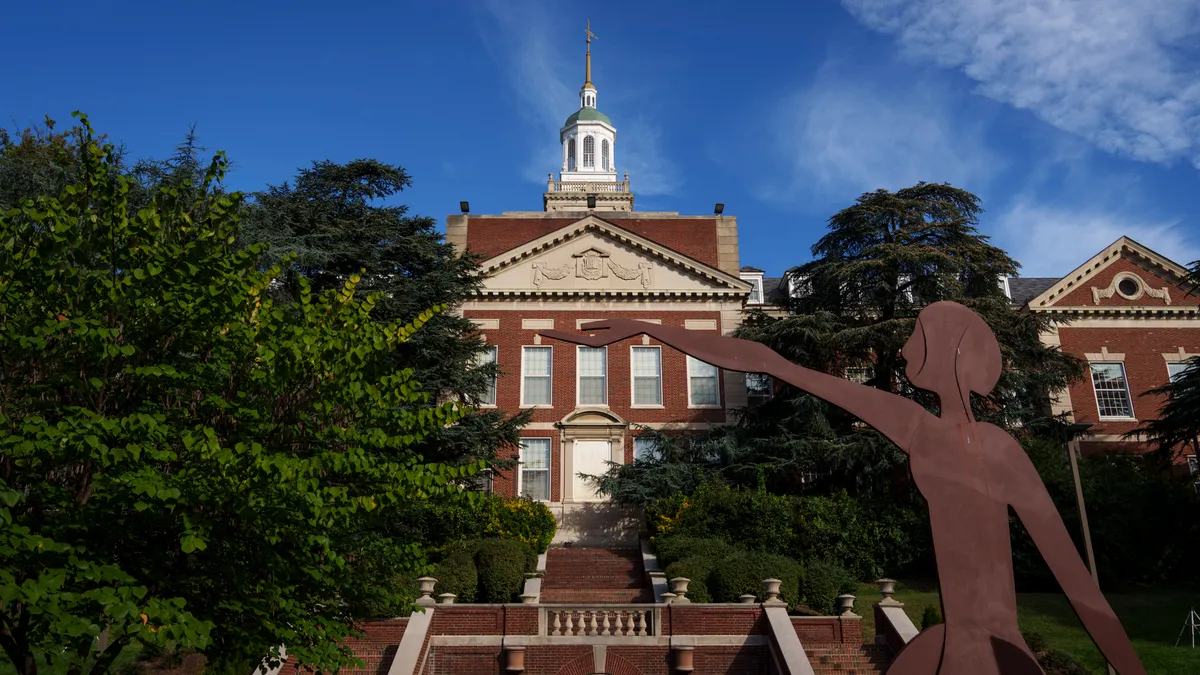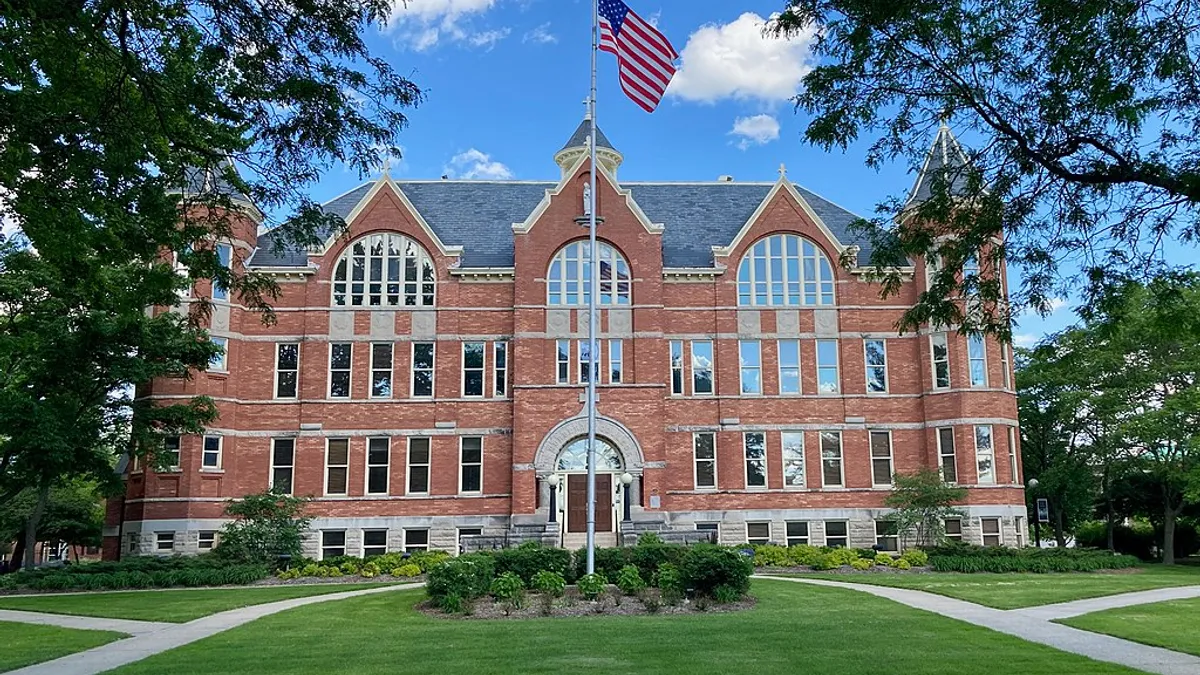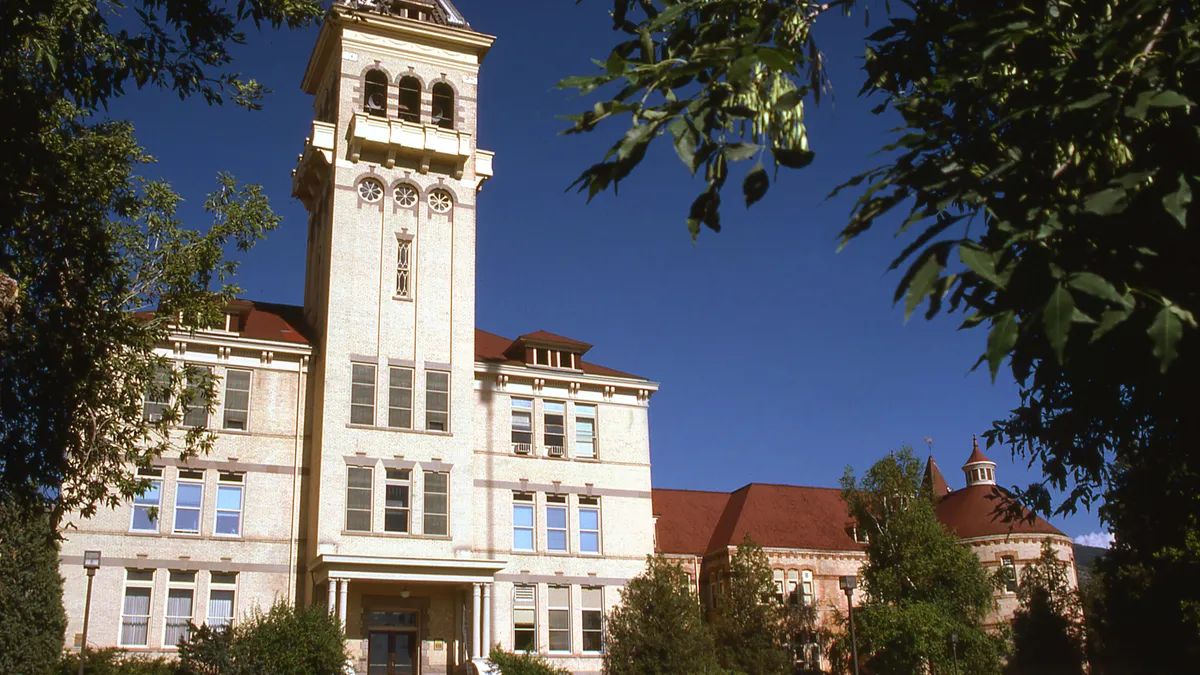The American Council on Education on Thursday released the latest list of research college designations under the revamped Carnegie Classifications, labeling 187 institutions as Research 1 institutions.
The coveted R1 designation is given to universities with the highest levels of research activity. The number of colleges designated as R1 institutions in 2025 rose 28% compared with the last time the list was released, in 2022.
The updated list of research institutions is the first that ACE and the Carnegie Foundation for the Advancement of Teaching have released since they updated their methodology for the classifications. The new methodology was created in part to simplify a previously complex formula that left institutions fearful about losing their status.
“We hope this more modernized version of Carnegie Classifications will answer more questions in a more sophisticated way about institutions and their position in the ecosystem and will allow decisions to be made much more precisely by philanthropists, by governments, and by students and families,” Ted Mitchell, president of ACE, told Higher Ed Dive.
Thirty-two institutions moved from the second-highest research level in 2022 — commonly called Research 2, or R2 — to the R1 designation. That group includes Howard University, a historically Black college in Washington, D.C. The private college — which announced a record $122 million in research grants and contracts in 2022 — is the only HCBU with the designation.
Other colleges that moved from R2 to R1 include public institutions like the University of Idaho, University of North Dakota, University of Rhode Island, University of Vermont and the University of Wyoming, along with private colleges like Lehigh University, in Pennsylvania, and American University, in Washington, D.C.
Just one institution dropped from R1 to R2 status — the University of Alabama in Huntsville.
For universities to achieve R1 status under the new methodology, they must spend an average of $50 million on research and development each year and award 70 or more research doctorates.
R2 institutions need to spend an average of $5 million per year on research and award 20 or more research doctorates.
Previously, the methodology was more complex. In order to keep the R1 and R2 groups of equal size, classifiers determined the line between the two designations with each cycle. They also looked at 10 different variables to determine R1 status.
“The previous methodology was opaque and I think led institutions to spend more time trying to figure out what the methodology actually was, perhaps distracting them from more important work,” said Timothy Knowles, president of the Carnegie Foundation. “Institutions that are close to the bar will just be much clearer about what they have to do to get over the bar.”
The latest crop of R1 institutions have each spent $748.4 million on research and development on average annually from fiscal 2021 to fiscal 2023. During that same period, they have annually awarded an average of 297 research doctorates.
Texas led the list of states with the most R1 institutions, with 16. California and New York followed closely behind with 14 and 12 institutions, respectively.
The 139 R2 institutions on this latest list each spent an average of $55.17 million annually over three years on research and development — just beating the threshold for R1 status. However, they produced an average of only 49 research doctorates per year.
This year also marks the first time the classifications have included a new designation: RCU, or research colleges and universities. The new category is meant to recognize institutions that regularly conduct research but don't confer doctoral degrees. These colleges only need to spend more than an average of $2.5 million annually on research to be recognized as RCUs.
This year, 215 colleges and universities have reached that status. Many are master’s- and baccalaureate-level institutions. And some are four-year colleges with a “special focus,” such as medical schools and centers.
Two tribal colleges have also reached RCU status: Diné College, in Arizona, and Northwest Indian College, in Washington.
“I was a little surprised and gratified to see the diversity of types of institutions that are now in this research college and university category,” said Mushtaq Gunja, executive director of the Carnegie Classifications systems. “We’re really able to shine a spotlight on the wide variety of places where research is happening and where students are being impacted by that research.”
Beyond the research designations, the organizations plan to release their full classifications — which include other institutional designations, such as those based on student access and earnings — in April.

















